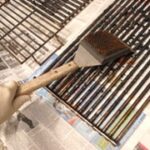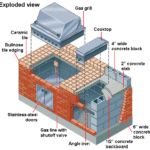How to buy the best countertop materials for your outside kitchen, including advice on stone, tile, granite, concrete and brick countertops.
Unlike standard indoor countertops, which are 24 inches deep, outdoor countertops are generally 30 inches deep to accommodate a built-in grill, among other features. A countertop should be deeper yet if it is on an island that can be accessed from all sides.
Countertop Base Materials
The stronger the countertop material, the less need there is for a solid subsurface. For example, concrete and stone can be supported just by the counter’s walls. But other outdoor countertop materials will need a substrate, which should extend out from the counter’s walls by 3 inches.
The most popular choices for a substrate are a concrete slab that has been reinforced with steel and two sheets of concrete backerboard that have been joined using thinset mortar to create a double thickness.
Outdoor Countertop Materials
Just as with your kitchen’s countertop, your outdoor countertop should be a good work and/or dining surface that is easily cleaned. Several counter materials meet these requirements:
Stone tile. As long as they are coated with acrylic sealer, most stone tiles are suitable as a countertop material. However, consult with your tile dealer to ensure that the tiles you have chosen are strong and stain-resistant enough to be a working surface. (See Stone Countertops for more information.)
Granite. Prized for its rugged beauty, granite comes in a wide range of shades, often with speckles or flecks. Because of its strength, it does not need a subsurface, but its weight makes installation a job for a professional. Frequently installers will face the slab with a 2-inch-wide piece to make it look thicker; grinding and sanding the seam until it is all but invisible completes the illusion. (For more, see the Stone Countertops.)
Glazed ceramic tile. A perennial favorite for countertops, ceramic tile is easy to clean, stain-resistant, and available in a vast array of sizes and colors complete with cover edges, corners, and other finish pieces. (See the Ceramic Tile Counters for more information.)
Stone slab. As mentioned, a stone slab needs no substrate, only the support of the counter walls. Smooth slabs are typically cut 3 inches thick and then shaped to fit the contours of your counter at the stone yard. Bluestone and limestone are among the favorites. (For more information, see Stone Countertops.)
Concrete (pictured). Not just for driveways anymore, concrete has been discovered as a decorative surface that can be colored and textured in a variety of ways. As noted, it does not need a substrate, and typically it is installed by concrete-counter artisans who create no two counters alike. (See the Concrete & GFRC Countertops for more information.)
Brick & flagstone. More commonly thought of as materials for a pathway, brick and flagstone come in varieties that are smooth enough and hard enough to serve as a work surface. Though they are porous, treating them with acrylic sealer annually will make them relatively stain-resistant and easy to clean. And though neither is as simple to maintain as many other materials, their distinctive rustic look may be the perfect choice to complement the architecture of your home and its surroundings.



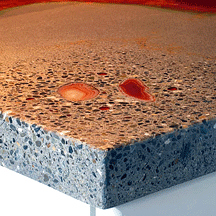
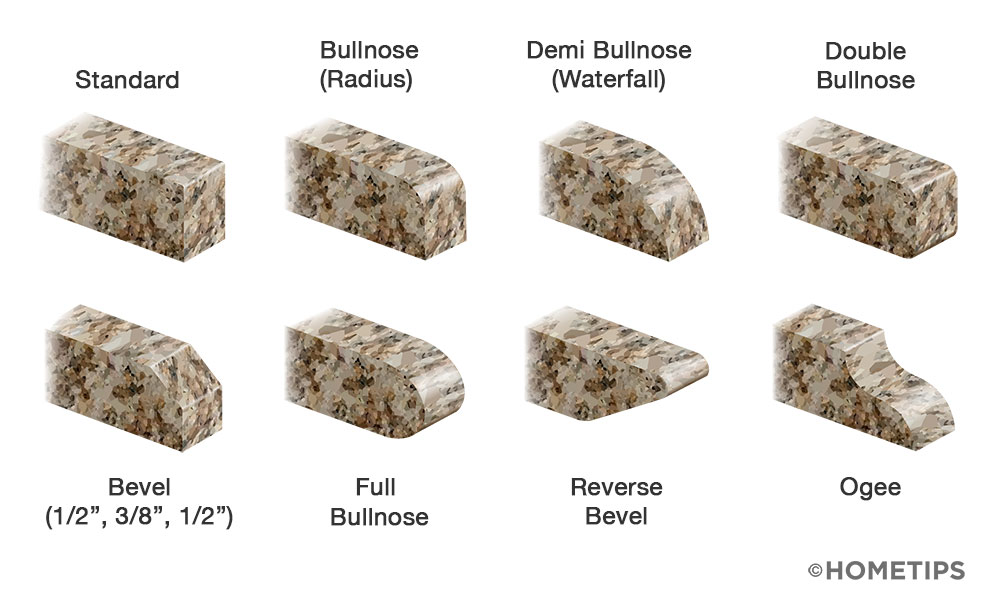
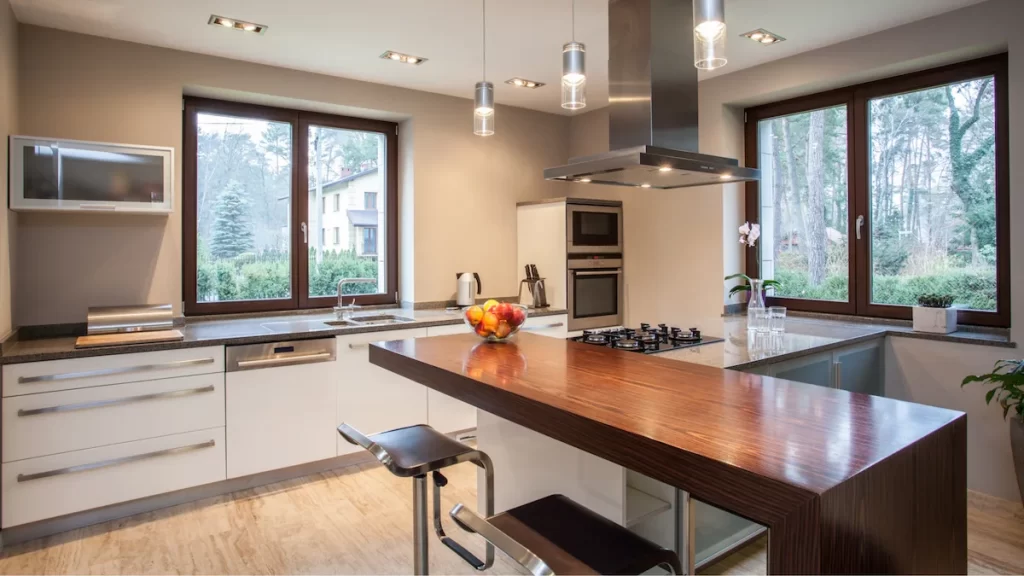

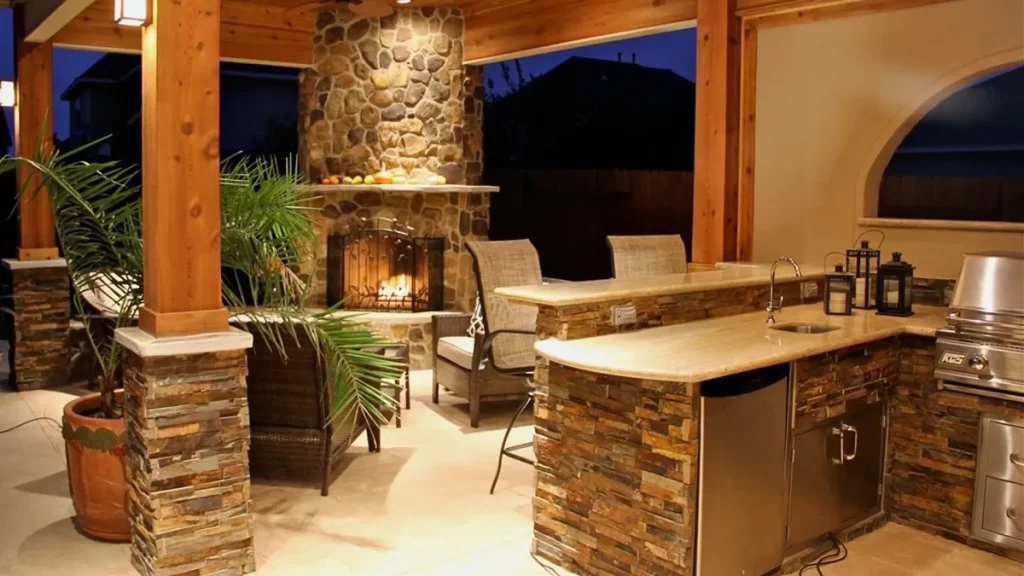
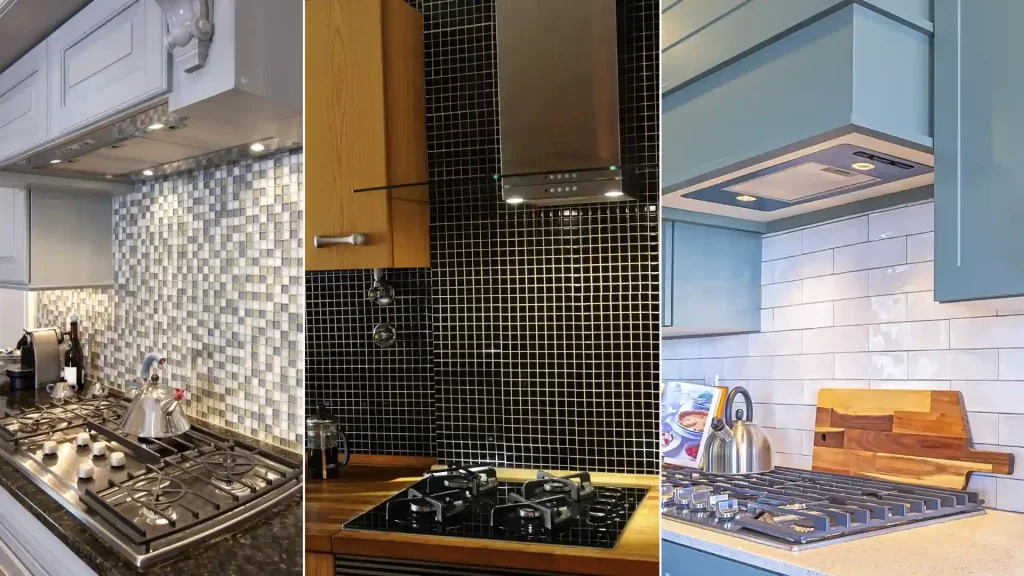
 Don Vandervort writes or edits every article at HomeTips. Don has:
Don Vandervort writes or edits every article at HomeTips. Don has:



